The Aquaponics Adventure That Nearly Drowned My Backyard
Sipping on my second cup of coffee this morning, I couldn’t help but chuckle at the series of mishaps that unfolded in my backyard when I decided to try my hand at aquaponics. It started as a wild idea — a vision of a sustainable farming system combining fish and plants, all thriving together in a self-sustaining cycle. Brilliant, right? Or so I thought.
The Dream Begins
One summer afternoon, armed with a million YouTube videos and a not-so-ambitious budget, I dove headfirst into my backyard aquaponics adventure. The dream? To cultivate my own fresh basil and tomatoes while raising a few tilapia in an old fish tank I found gathering dust in the shed. I mean, how hard could it be? It was just water, fish, and some plants, not rocket science.
I had my hands on a 50-gallon tank, which seemed grand until I found out how much it weighed when filled with water. My back ached as I dragged it from the shed to the sunniest corner of my yard. The fish were my initial excitement but also my first expense. I stumbled upon a local fishery that was surprisingly generous; I snagged five tilapia for about twenty bucks. I thought I was nailing it!
The Setup Chaos
Now, I needed a pump and some grow beds. Sick of my dreary old gardening setup, I rummaged through the shed again. I stumbled upon some old plastic containers, previously used for storing donuts from my cousin’s bakery, and thought, Why not? With a bit of elbow grease, I cut holes in the lids for the plants and repurposed them into my grow beds.
The plan was simple: pump water from the fish tank to the grow beds, where plants would absorb nutrients, then the water would flow back to the tilapia. Seemed eco-friendly — and visually splendid too. I made my first round of adjustments late one night, feeling like a mad scientist under the bluish glow of the garage light.
And then came the dreaded moment: I plugged in the pump. I half expected fireworks. Instead, it sputtered and whined. Great, I thought, “nothing screams success like a non-working pump.” After a few choice words and a frantic re-wiring mission, I finally got the water flowing. “Look at that, it’s magic!” I told my wife, who was less enthusiastic, probably due to the scent of fish food lingering in the air.
The Green Disaster
But reality hit hard. A week in, I stood at the window inspecting my creation, only to discover that something was amiss. Instead of the crisp, clear water I anticipated, my tank began to resemble a swampy mess, teeming with green algae. What on earth happened? Panic hit me as I fished out a dying fish that had become an involuntary sacrifice to my learning curve.
I was a few hundred dollars deep into this project, and fish suddenly becoming fish soup was not in my plan. After a frantic night of internet research focused on things like pH levels and nitrates (that I learned existed just that day), I realized that maintaining a balance was way more complicated than I had anticipated.
I spent evenings doing water tests, adjusting the pH with crushed coral I scavenged from my neighbor’s aquarium hobby stash. Meanwhile, every time I fished out a floating tilapia, I felt a little piece of my ambition sink too. It felt like I was racing against the clock to see how many plants I could grow before there were no fish left to nourish them.
The Moments of Clarity
One Sunday afternoon, after weeks of headaches and a near-death experience for my fish, I finally had a breakthrough. After some trial and error, I realized that less is more. Instead of overcrowding my tank with plants, I started small — just a handful of basil and a couple of hearty lettuce plants. I learned to appreciate the quiet harmony of watching the fish swim while I discovered joy in growing things, even if they weren’t sprouting rocket-sized tomatoes.
Reflecting on it all over my coffee this morning, I wish I could go back to that day I first tried to make it all happen. I would have told myself that it’s okay to fail, to watch some fish struggle. And each time I scooped out another lifeless swimmer, I learned something valuable about patience and diligence.
Lessons and Hope
So now, as I sit here looking out at my slightly imperfect setup, I can‘t quite say I’ve mastered aquaponics, but I’ve got a better grasp on things. The water is clear, my plants are thriving, and I even managed to keep a couple of fish alive. If you think about diving into this world of hydroponics farming in India or anywhere else, don’t sweat the small stuff.
Just start. Embrace the messiness of it all. Whether you’re a seasoned gardener or just someone trying to bring a little green into your life, you’ll figure it out as you go. Trust me on this.
You can join the next session on hydroponics farming and embark on your own adventure; maybe you’ll uncover your inner scientist, too. Reserve your seat here.


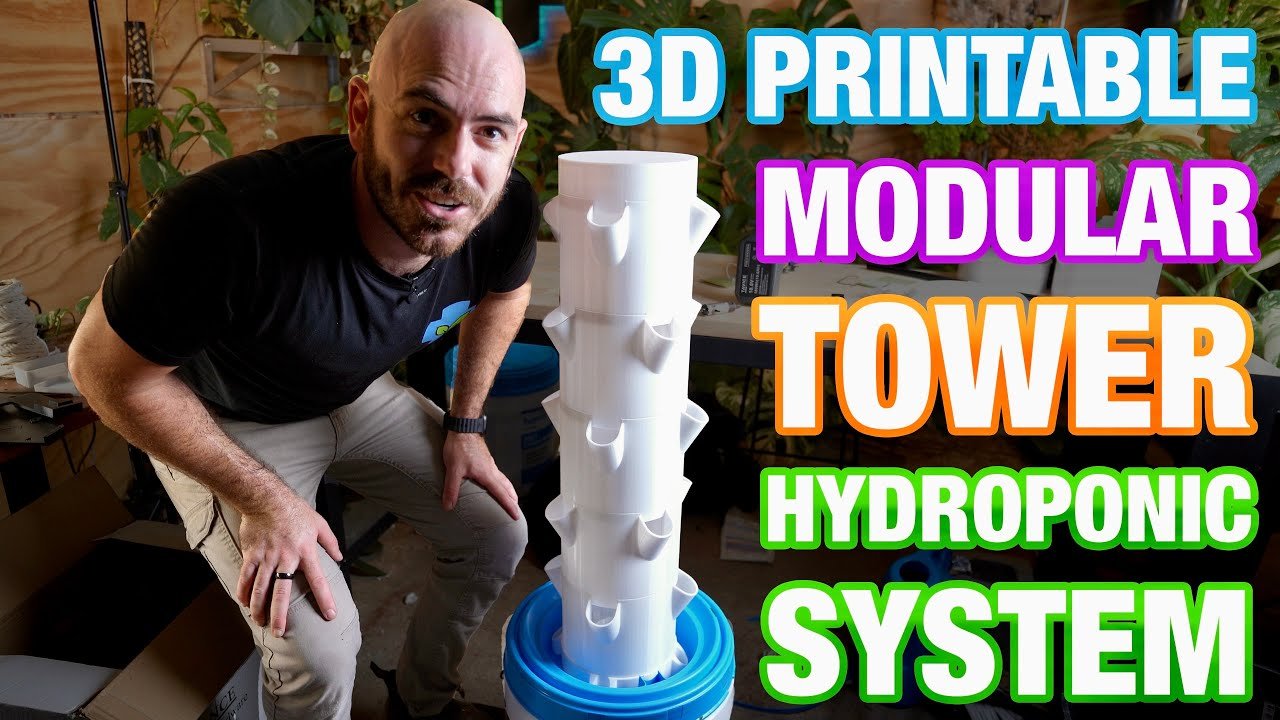
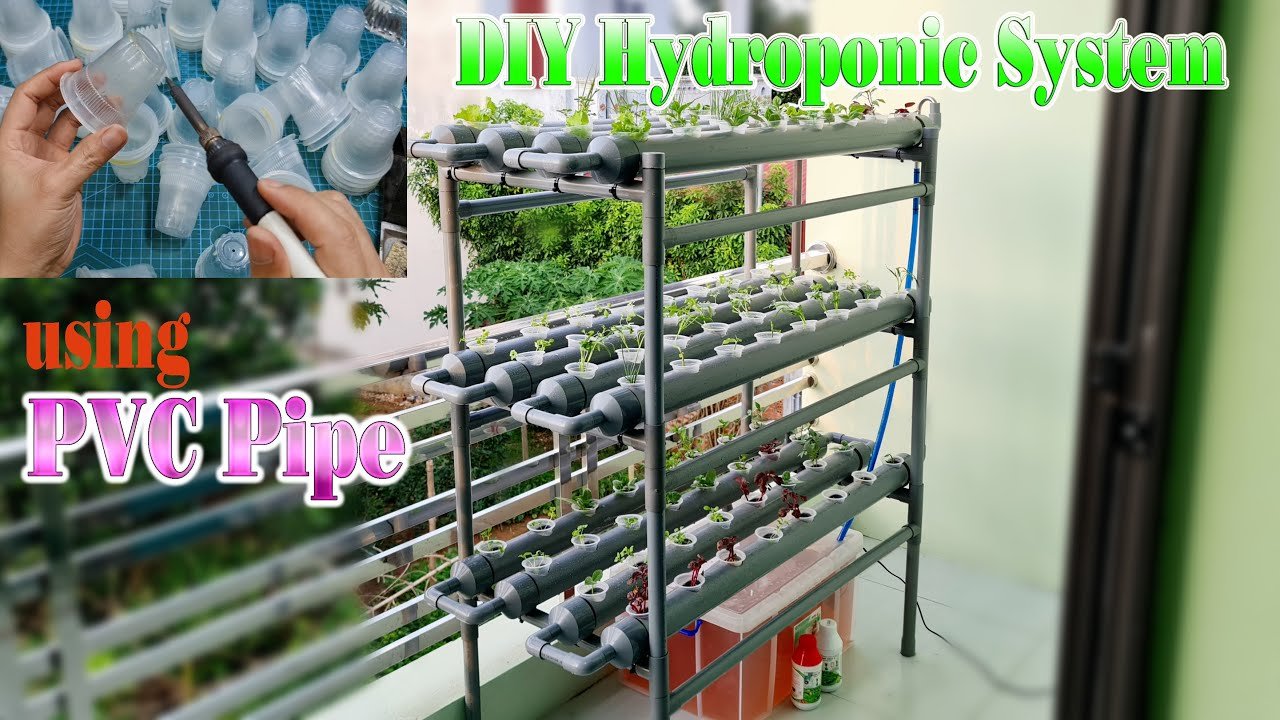
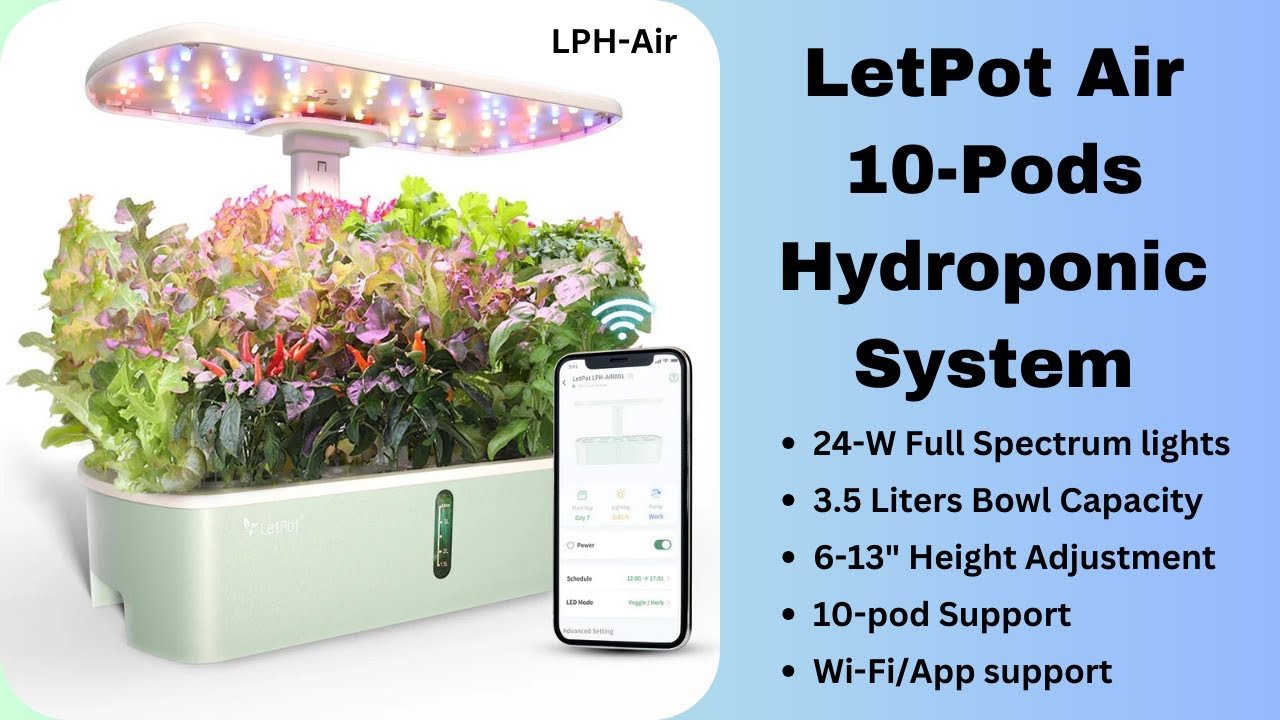
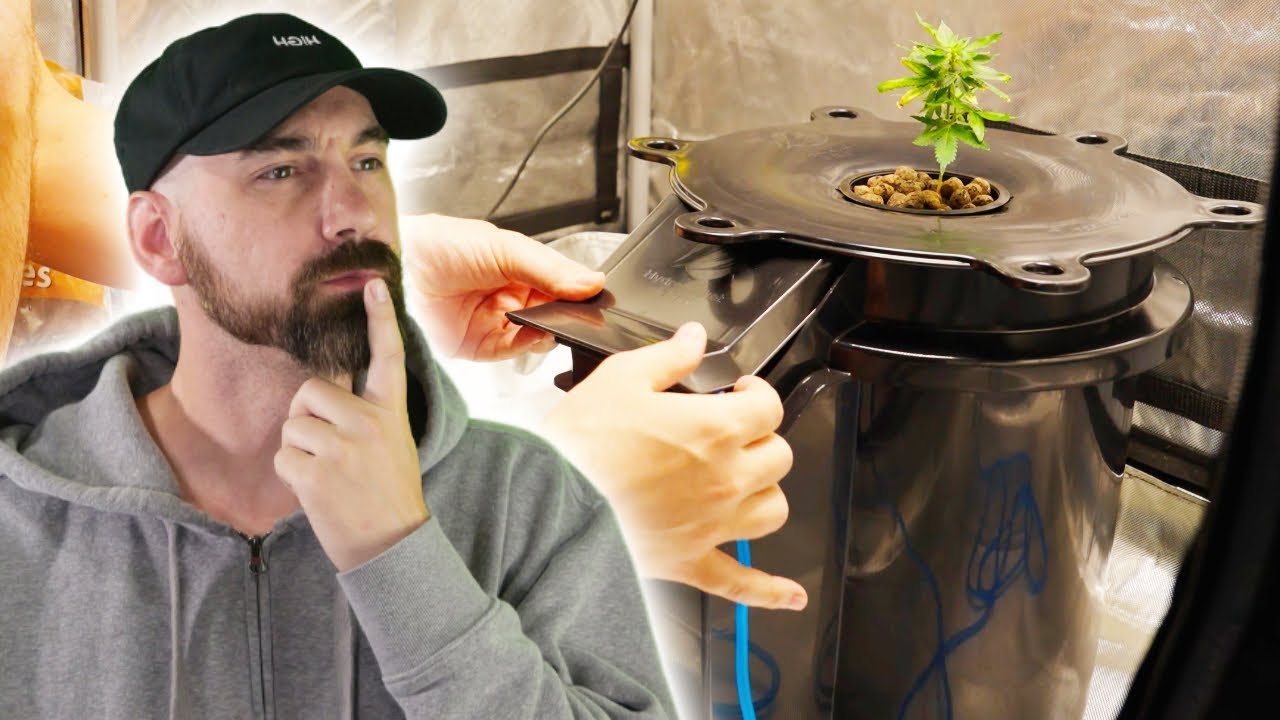
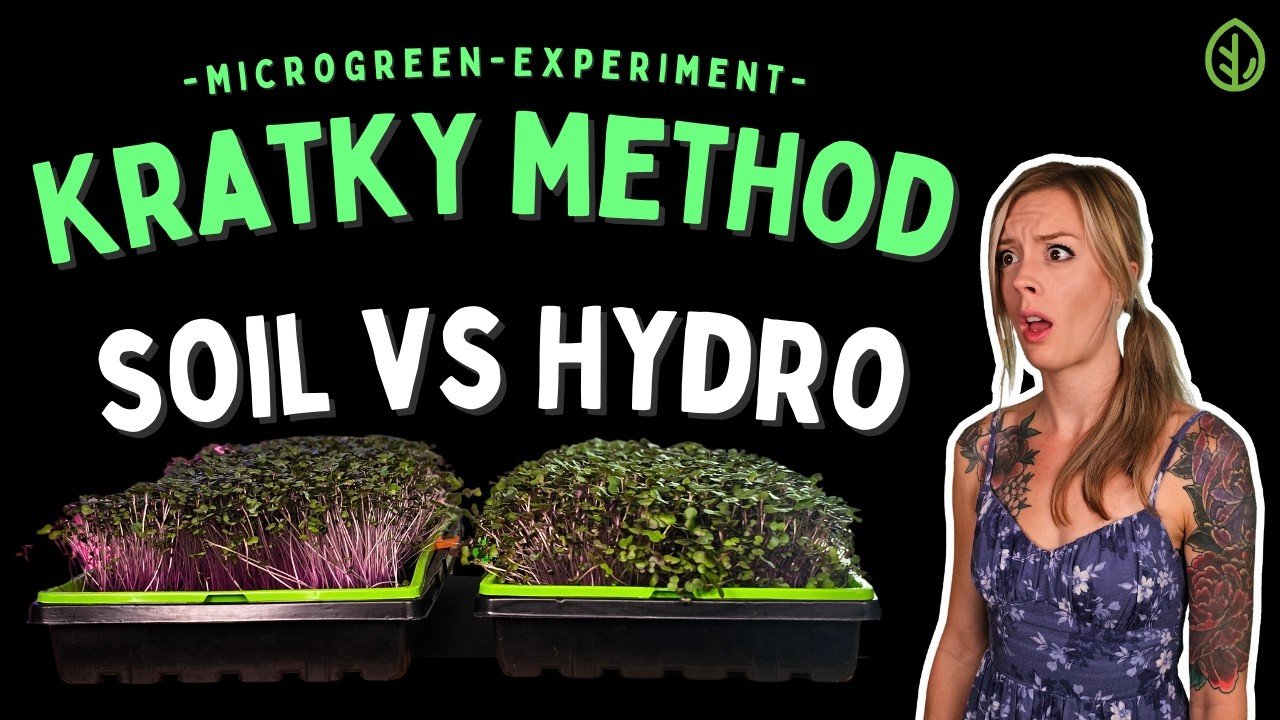
Leave a Reply